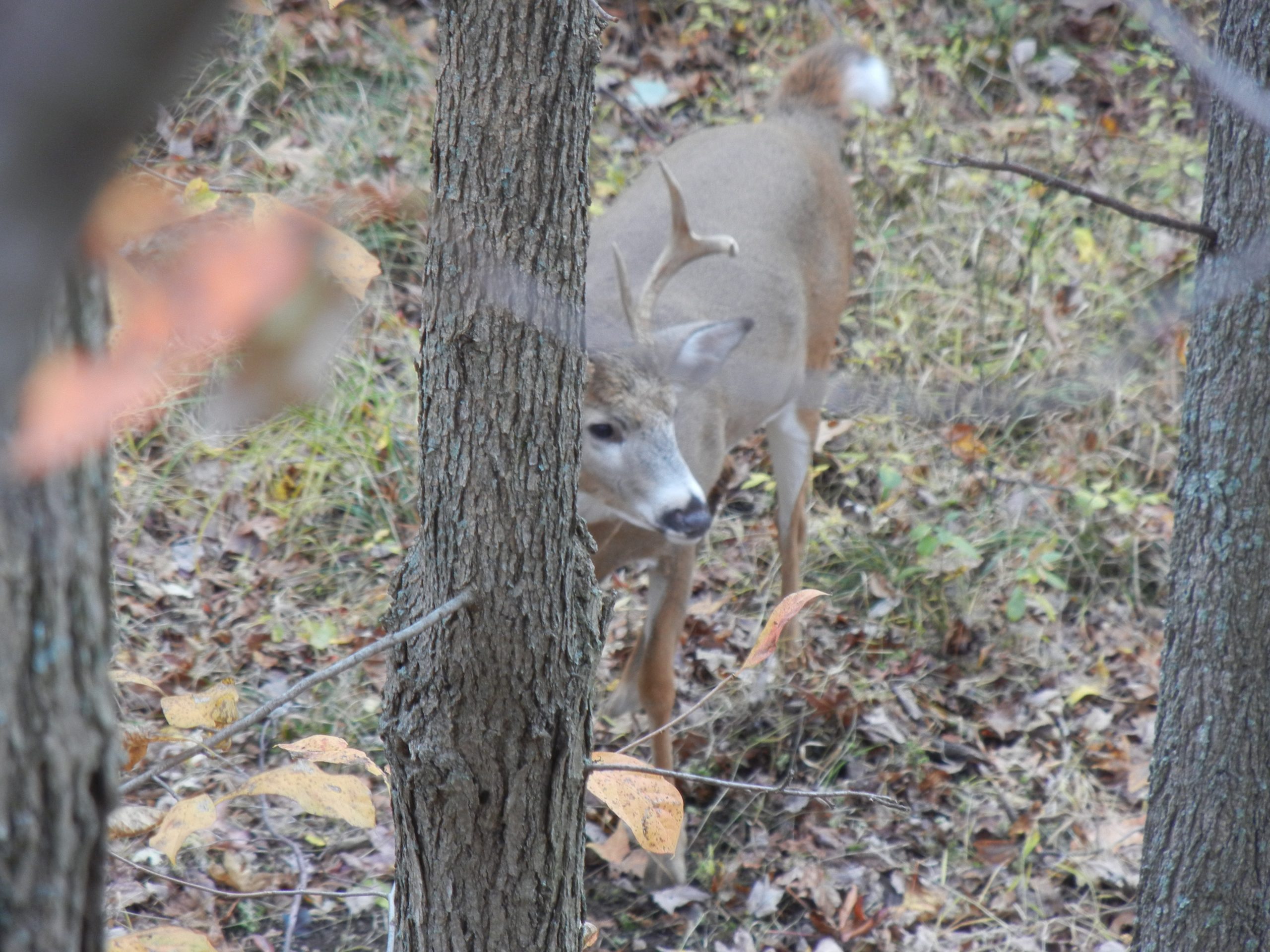So Iv'e read studies and seen videos talking about an annual fall shift by big bucks from summer patterns to a new core area sometimes miles away. I have proof of this transition from a huge buck that I have on camera in the early season near one of my stands about a mile and a half from my house. On Nov. 20th last year he came out on my lawn. I also have pics and videos of him behind my place during Nov. right through the winter. I have heard stories of bucks killed several miles from their summer core areas.
This makes me curious as to whether the rest of you guys and girls have noticed this phenomenon in your area?
This makes me curious as to whether the rest of you guys and girls have noticed this phenomenon in your area?


